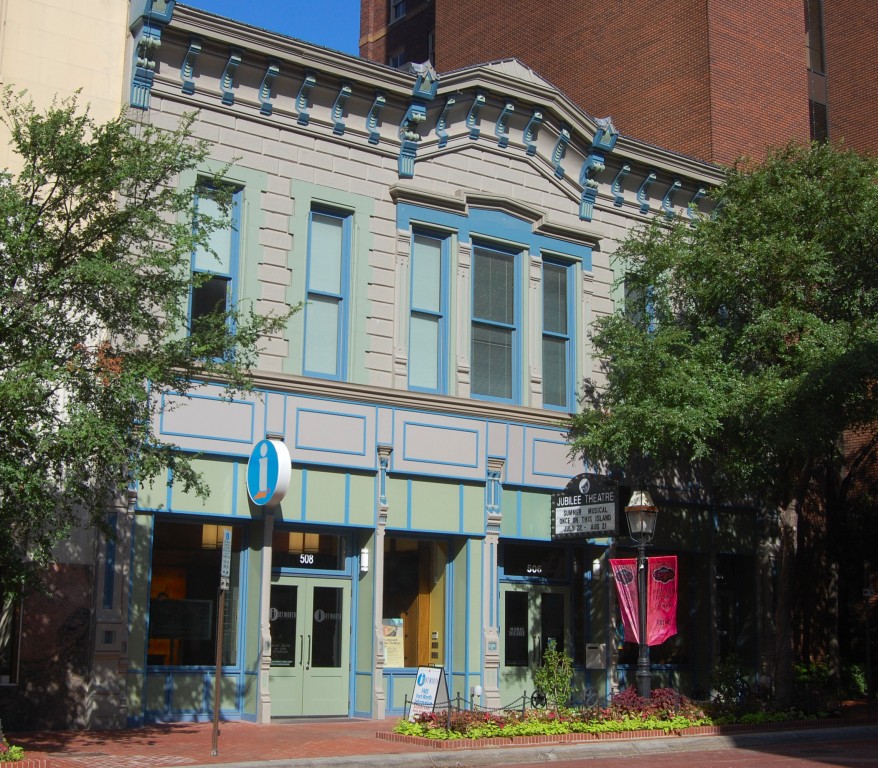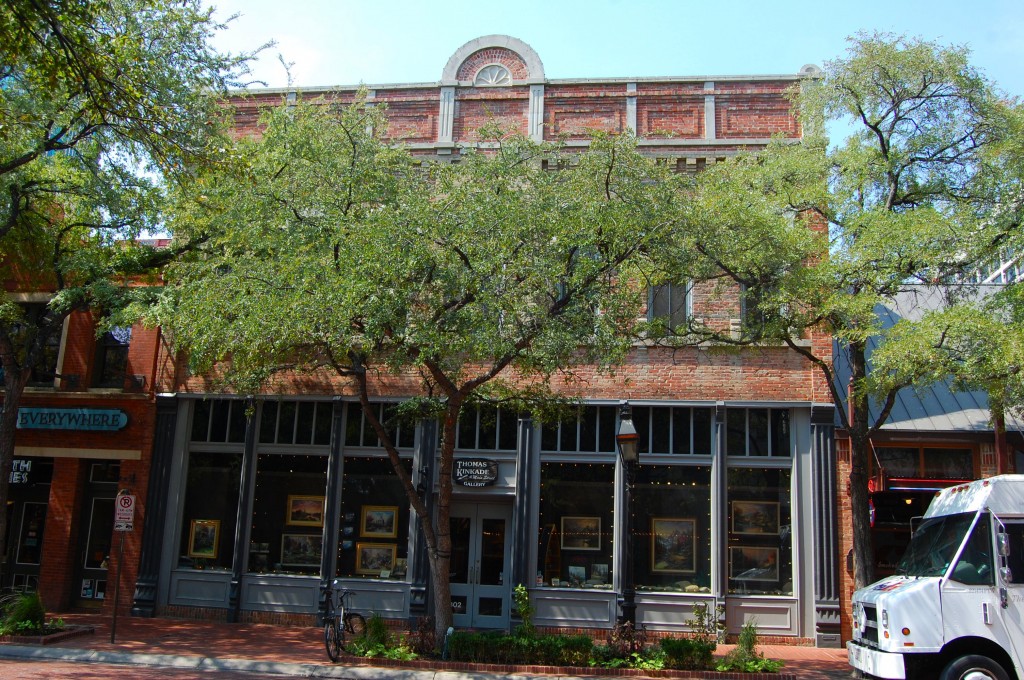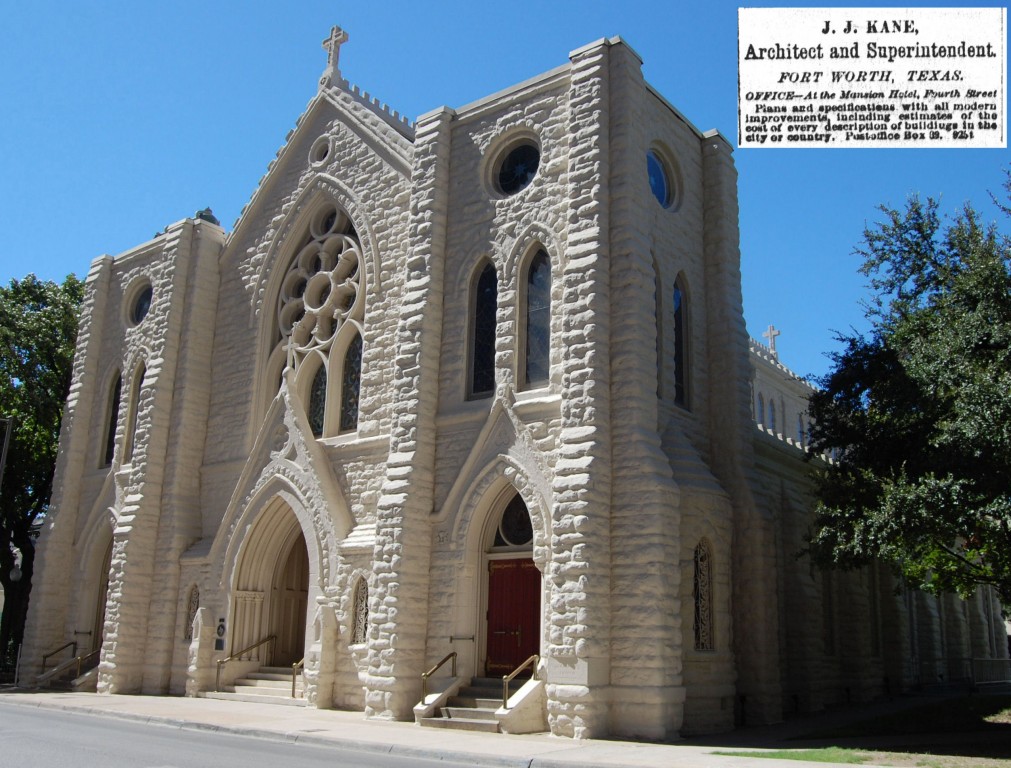Downtown there are five buildings that, as a group, constitute the council of elders among our public buildings—all five were built in the 1880s, when Fort Worth was mostly wooden buildings on dirt streets. To these five graybeards (the 1889 Land Title Block Building is a sixth), later buildings such as the Flatiron Building (1907) and the Knights of Pythias Hall (1901) are mere whippersnappers, still wet behind the blueprints.
These five venerable buildings are a tangible link to the world of our great-grandparents, a world of cowboys and corsets, a world where the steam locomotive was the Concorde jet on rails and where to “pimp my ride” meant to find a date for your horse.
 Jarvis Building. Built by James Jones Jarvis (1831-1914), who was a law partner of John Peter Smith. Also a city alderman, school trustee, state senator, district attorney, college benefactor, and early partner in Fort Worth National Bank.
Jarvis Building. Built by James Jones Jarvis (1831-1914), who was a law partner of John Peter Smith. Also a city alderman, school trustee, state senator, district attorney, college benefactor, and early partner in Fort Worth National Bank.

Weber Building. An inconspicuous little building. Like the Jarvis, it has cast-iron columns. Beginning late in the nineteenth century, steel replaced cast iron as a structural material.

City National Bank Building. Like the Land Title Block Building, it was designed by architects Haggart and Sanguinet. Expanded and renovated over the years. Former home of Billy Miner’s Saloon (named for train robber Ezra Allen “Bill” Miner [see inset]).

St. Patrick Cathedral. Fort Worth’s oldest continuously used church building. Designed by early Fort Worth architect James J. Kane (see inset). Kane died in 1901 in a hospital he designed: St. Joseph Infirmary. His funeral was held in a church he designed: St. Patrick’s.

St. Ignatius Academy. In 1885 St. Patrick’s French-born Father Jean Marie Guyot asked the Belgian Sisters of St. Mary of Namur to come to Fort Worth to teach the parish children. The sisters opened St. Ignatius Academy as a boarding school for girls. In 1909 the sisters moved south to Our Lady of Victory Academy on Hemphill Street, designed by Sanguinet and Staats.





